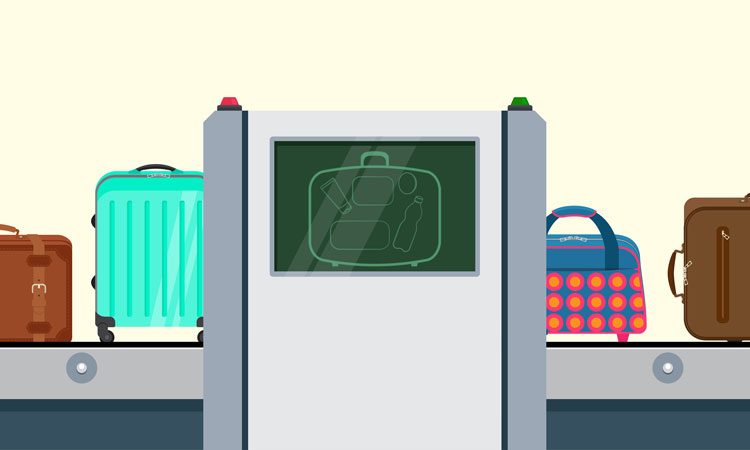Adelaide Airport is trialling new 3D security scanners
- Like
- Digg
- Del
- Tumblr
- VKontakte
- Buffer
- Love This
- Odnoklassniki
- Meneame
- Blogger
- Amazon
- Yahoo Mail
- Gmail
- AOL
- Newsvine
- HackerNews
- Evernote
- MySpace
- Mail.ru
- Viadeo
- Line
- Comments
- Yummly
- SMS
- Viber
- Telegram
- Subscribe
- Skype
- Facebook Messenger
- Kakao
- LiveJournal
- Yammer
- Edgar
- Fintel
- Mix
- Instapaper
- Copy Link
Posted: 12 April 2019 | International Airport Review | No comments yet
Good news for travellers: New technology means laptops and other electronic devices no longer need to be removed from bags before they are screened.


Carry-on bags and other items will be screened using 3D x-ray scanners for the first time at Adelaide Airport’s main screening point as part of a trial of new security equipment.
The trial will feature state-of-the-art body scanners and a new automated tray return system, which will make the process easier and more efficient for customers.
Adelaide Airport’s Executive General Manager Finance & Corporate, Brenton Cox, said the trial comes ahead of an expected wider roll out of new security equipment from as early as the end of 2019.
He said: “We anticipate equipment similar to what we are trialling today will be rolled out across multiple screening lanes from the end of the year. The new scanner of cabin baggage utilises computed tomography (CT) to generate a 3D image, providing a significantly enhanced view of items being screened compared with the current x-ray equipment.
“The automated tray return system is expected to speed up passenger screening and reduces the need for manual handling of trays by our security team.” Cox said the body-scanning technology, which is already in place for international passengers departing Australia, would make it easier and quicker to scan customers.
“The scanner under trial features an open-plan design, meaning passengers simply stand in front of the scanner with their arms held slightly away from the body. If the scanner reports an alarm, the location of the object is marked on a generic graphic of the human body – with no identifying features – preserving the privacy of passengers.”
Customers will be offered the choice of passing through the new screening equipment lane or using one of the other lanes with existing detection equipment. “Participation in this trial is completely optional for our customers. We will be surveying travellers after they have trialled the new screening equipment, which will help us improve the customer experience in the longer term,” Cox concluded.
Related topics
Biometrics, New technologies, Regulation and Legislation, Security, Terminal operations


















